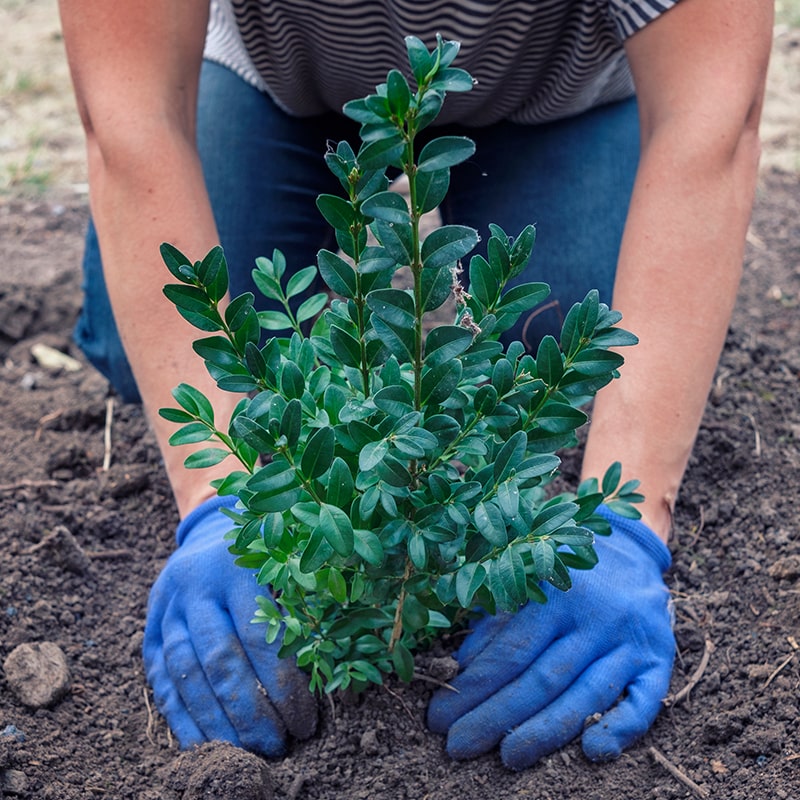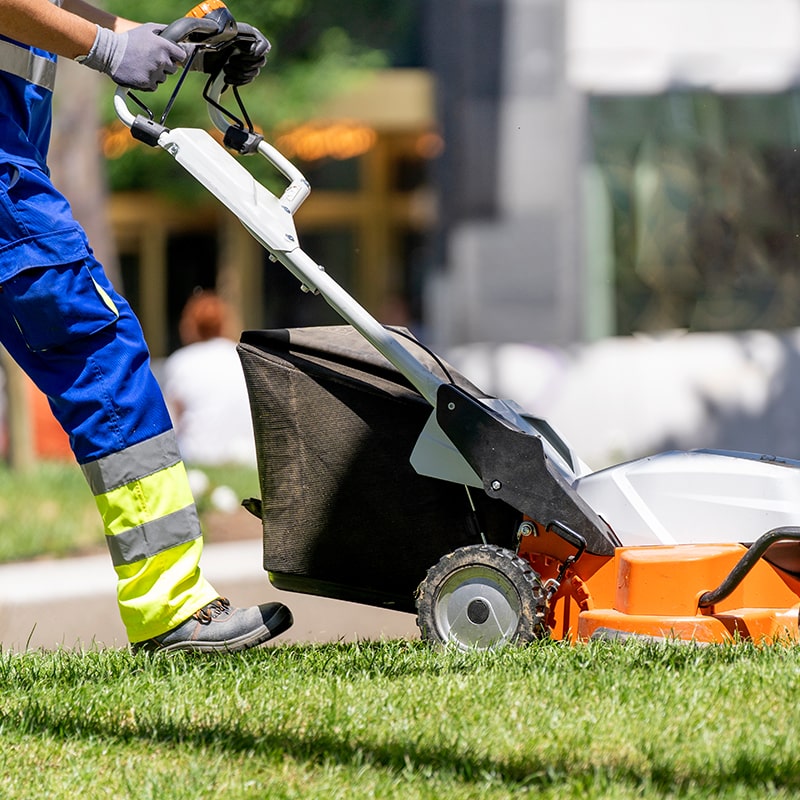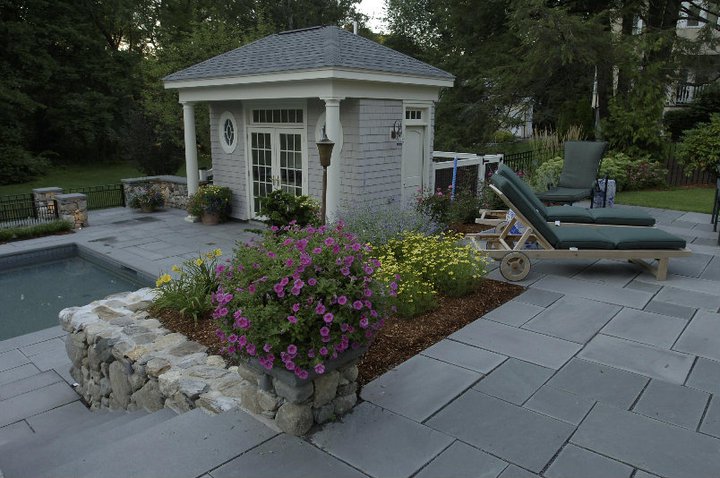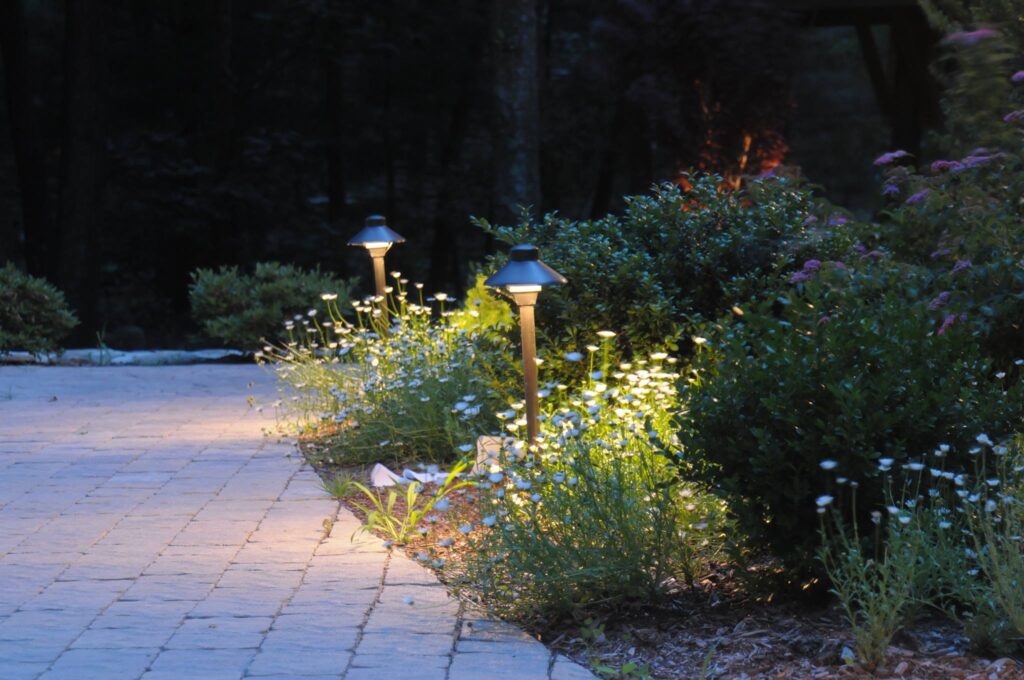Perennial Landscape Corporation of Massachusetts
Perennial Landscape Elite Estate Program
- Home
- Services
Perennial Landscape Services
Perennial Landscape Elite Estate Program
Perennial Landscape Corporation can revitalize your entire garden, lawn and patio or repair any large or small problem areas. Our pruning experts can also reshape and rejuvenate overgrown perennials, trees or shrubs. With our proper pruning techniques we will keep your gardens in proportion.
– Garden and tree installation design and maintenance
– Deadheading, pinching and container plantings, window boxes.
– Annuals, perennials, trees and shrubs
– Mulching
– Proper lawn mowing technique
– Outdoor lighting, ponds and pond maintenance
We will enhance your outdoor property so you can make your own personal statement. Perennial Landscape Corporation can be your one stop gardening and landscaping solution. We have the knowledge and equipment to manage all of your gardening needs.
Sun or shade — we know which plants work best for each and every corner of your property.
Patio pots — Perennial Landscape Corporation will create and maintain all of your patio pots, window boxes and containers. We will give you beautiful flower and plant displays year round, evergreens in the winter, spring and summer blooms for lasting color all season long.
Elite Estate Maintenance — Our maintenance specialists are certified in their areas of expertise. We practice sound horticulture care with Integrated Pest Management (IPM), lawn, garden care, and proper pruning techniques. We will create a special customized garden to suit your property and your taste.
Sample Elite Estate Maintenance Program
March/April — Complete clean up, remove snow protectors, burlap and stakes and store in dry place until the winter. Tie up and straighten branches. Cut back, trim and prune all leftover plants. Clean out all winter interest patio pots (if present). Bring out of storage, prepare and set up all other window boxes, patio pots and containers. The appropriate measures will be taken for each perennial and shrub from winter dormancy. Re-edge all garden beds, any or all window boxes, patio pots and containers with annuals that the customer has approved of. If the property has a compost pile Perennial Landscape Corporation will rotate and turn over and spread on the garden beds. If there is no compost pile all debris will be removed from the property. Open all ponds, waterfalls and fountains. Readjust outdoor lights and replace burnt out bulbs.
May/June/July/Aug/Sept — Every week we will check for insects and diseases on plants and annuals, everything will be analyzed and diagnosed. All appropriate measures will be taken immediately and watched closely. Set up grow thru hoops, stake, tie up, dead head, prune, cut back and pinch all plants, annuals, small trees and shrubs. Replace patio pots with fresh summer annuals/perennials. Weed, spruce up mulch; keep a fresh edge to the beds. Compost, if there is a compost pile it will be turned over and all usable material will be spread on garden beds, all debris will be removed from the property. Water features will be checked and cared for. Outdoor lights will be replaced as needed.
Oct/Nov — Replace patio pots with cold loving annuals/perennials. Clean up and store all other unneeded window boxes and/or patio pots. Prune and cut back all perennials and annuals. Remove grow thru hoops, stakes and ties and store for winter. Spread and apply appropriate fertilizers, spruce up mulch and freshen up garden bed edges. Spread grass seed where needed. Compost, if there is a compost pile it will be turned and useable compost will be utilized. Leaf removal will be on a weekly basis. Plants will get either snow covers or wrapped and sprayed for the long winter months. Water features will get broken down and winterized. Outdoor lights will get a final check.
- This is done in conjunction with the standard maintenance program. (See sample maintenance sheet)



How Perennial Landscape Works / FAQs
Frequently asked questions:
No. Grass goes dormant in the winter in this area of the country. When grass is dormant it does not need sunlight, water or nutrients until the SOIL temperature returns to approximately 50 degrees. When the leaves are removed in the early spring there should be no negative effect to the existing lawn.
Absolutely! The general rule of thumb is if you can get a shovel in the ground you can plant it. If you planted in May or June and it was very hot in July or if you planted in July and it was very hot you would still have to pay attention to the new planting and give them extra water. In other words no matter what time of year you plant you must pay extra attention to new planting and vary the amount of watering to the appropriate weather conditions. This is the most important part of a new planting; the time of year does not matter.
The safe planting date in this area is technically May 15th. This is when there is an extremely low chance of frost, snow or weather that is inconsistent with growing grass or plants taking root.
Sometimes, if the weather appears to be trending on the warm side we can plant grass or plants in early May and get very good results. Many of the nurseries are not even fully stocked until May because they do not want to run the risk of losing plants.
When we buy loam (loam is screened, good quality dirt) we buy the best quality we can find. This loam is screened with a 1/8” to 1/4” screen, allowing rocks approximately that size to pass through. The small rocks are in everyone’s lawn. You simply can’t see them once the grass grows in. Also, this is New England and anytime we disrupt the soil we uncover many rocks.
This is normal. Not all the seed germinates at the same rate and it will spread to fill in. Hang in there and be patient. If we need to plant some more seed we will, but let the seed that is there have a chance first.
This is very common. When we create this wonderful planting medium for grass seed it is also a great planting bed for any weed seed that may blow in or get into the soil. Most common weeds to see are crabgrass. Fortunately crabgrass is an annual and can be dealt with the next spring with a pre-emergent application. Although it is a little disappointing to see some weeds in your new lawn, it can be corrected with a little patience and the appropriate fertilizer/weed control applications.
We use a product called "Roots" or "Healthy Start." It is very high in organic matter and beneficial bacteria. We then use the existing soil to back fill the hole. The plants need to be able to live in the soil that is in this area, this will make them much healthier long term. This method is recommended by the Stockbridge School which is probably the most respected landscape agriculture school in the country. Many nurseries still suggest using peat moss, cow manure and other fillers to back fill a planting hole. Although this may help with their sales it is not ideal for the long-term health of the plant. Once the roots get to the existing soil in that area they turn back toward the root ball and the plant becomes "root bound" in the planting hole.
Water them as directed for the entire first season. We water plants before we leave the site, but that tiny bit of water is of minimal help. What matters is that your irrigation system is set to properly water the new plants and the new grass for the entire first season. New plants have lost 90% of their existing root systems so they do not have the ability to “go get” water when they need it, it must be readily available to them.
Creating distinguished landscape environments in Winchester, Lexington, Concord, Weston, Wellesley, Lynnfield, Carlisle, Andover, Bedford and surrounding Massachusetts’ communities since 1995.
Elite Estate Program
Perennial Landscape Corporation can revitalize your entire garden, lawn and patio or repair any large or small problem areas.
- Garden and tree installation design and maintenance
- Deadheading, pinching and containers
- Deadheading, pinching and containers
- Mulching
Have a Question?
Whether you have landscape construction needs large or small, fall cleanups or if you’d just like to say hi, we would love to hear from you


